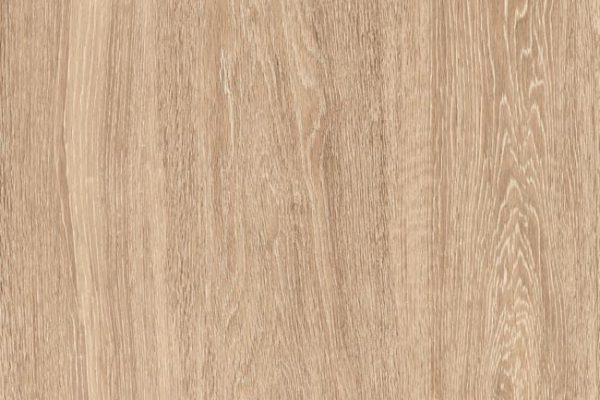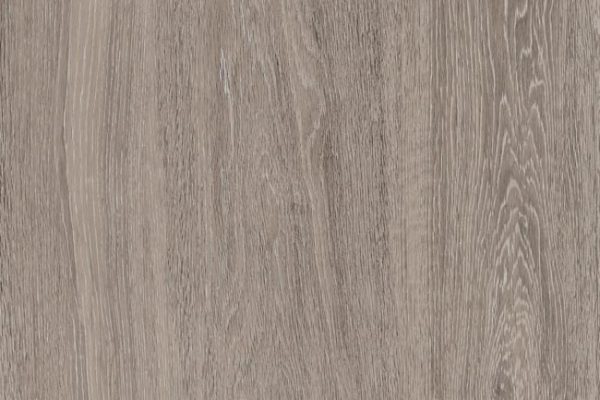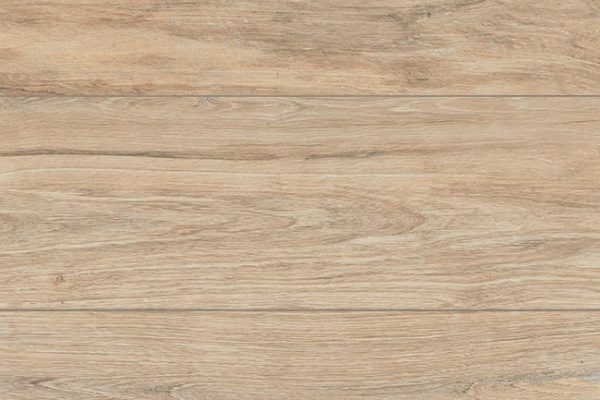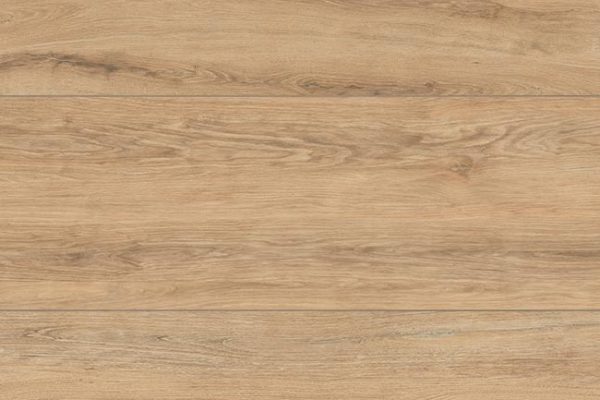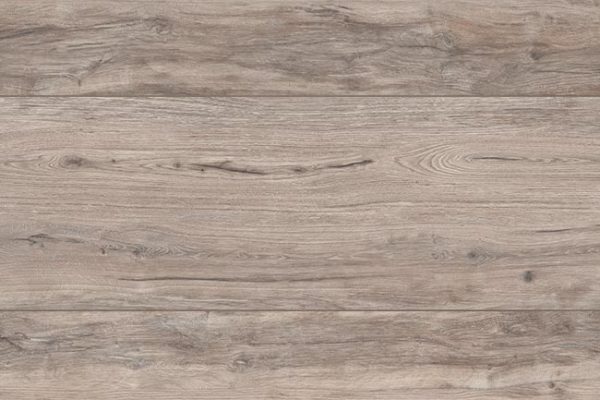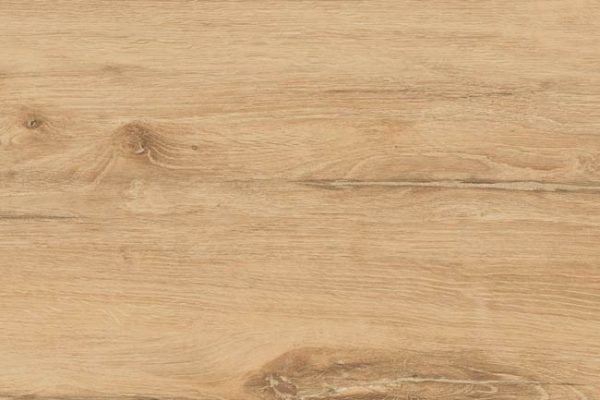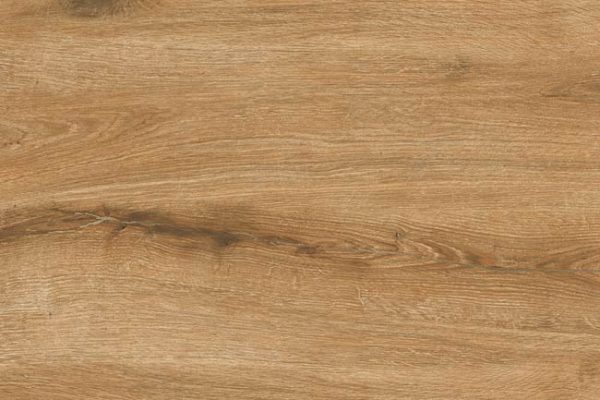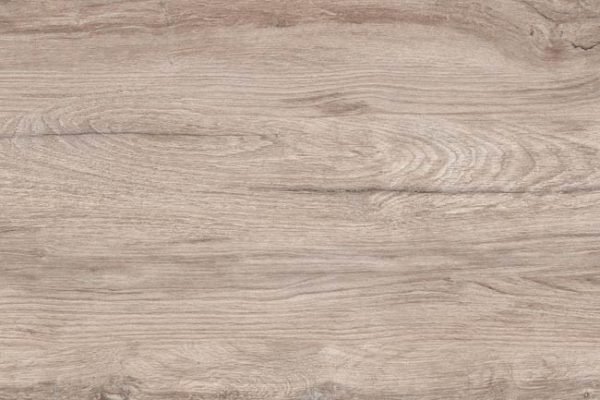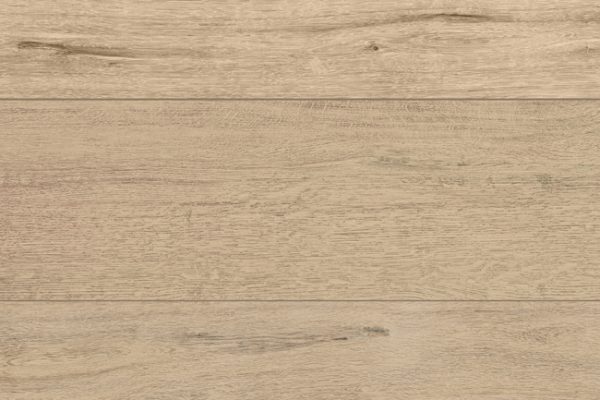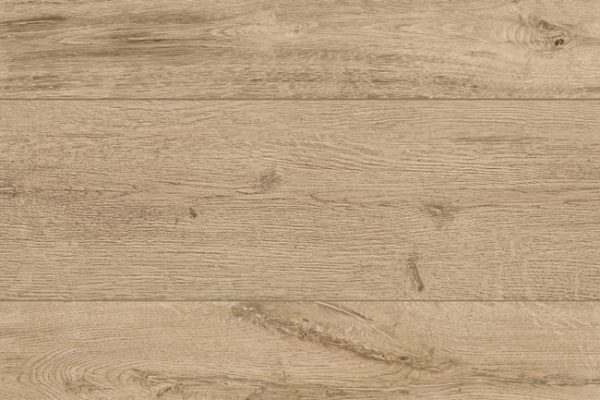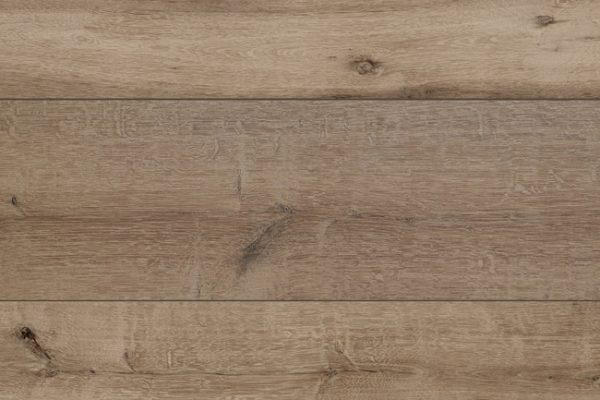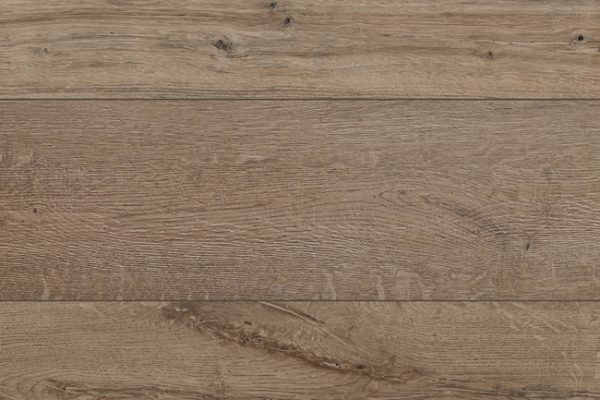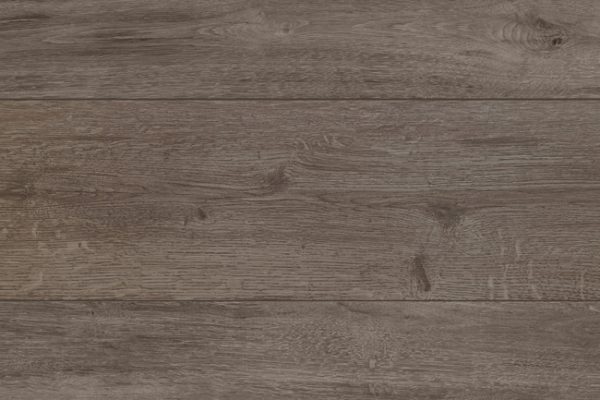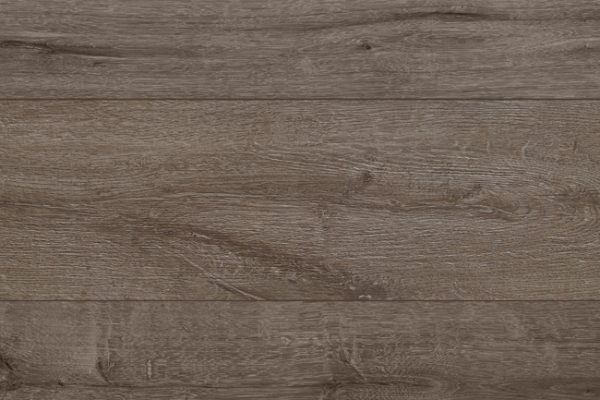Garden tiles imitating wood parquet
Our Wood and Wood tiles collections
-
 Lombok
LombokClair structured anti-slip
Outdoor Plus 20mm60x60 -
 Lombok
LombokNaturel structured anti-slip
Outdoor Plus 20mm60x60 -
 Lombok
LombokCendre structured anti-slip
Outdoor Plus 20mm60x60 -
 Abéa
AbéaCraie
20x120 -
 Abéa
AbéaLin
20x120 -
 Abéa
AbéaMiel
20x120 -
 Abéa
AbéaCendre
20x120 -
 Abéa
AbéaLin structured anti-slip
Outdoor Plus 20mm30x12060x60 -
 Abéa
AbéaMiel structured anti-slip
Outdoor Plus 20mm30x12060x60 -
 Abéa
AbéaCendre structured anti-slip
Outdoor Plus 20mm30x12060x60 -
 Hirati
HiratiLin
22,5x90 -
 Hirati
HiratiLin structured anti-slip
22,5x90 -
 Hirati
HiratiNeutre
22,5x90 -
 Hirati
HiratiNeutre structured anti-slip
22,5x90 -
 Hirati
HiratiBrun
22,5x90 -
 Noa
NoaNaturel structured anti-slip
22,5x90 -
 Hirati
HiratiBrun structured anti-slip
22,5x90 -
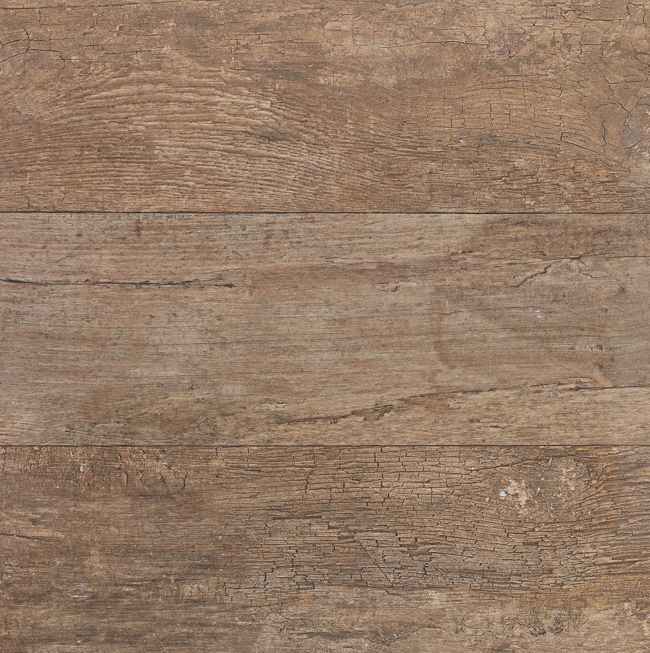 Tablon
TablonNaturel
20x120 -
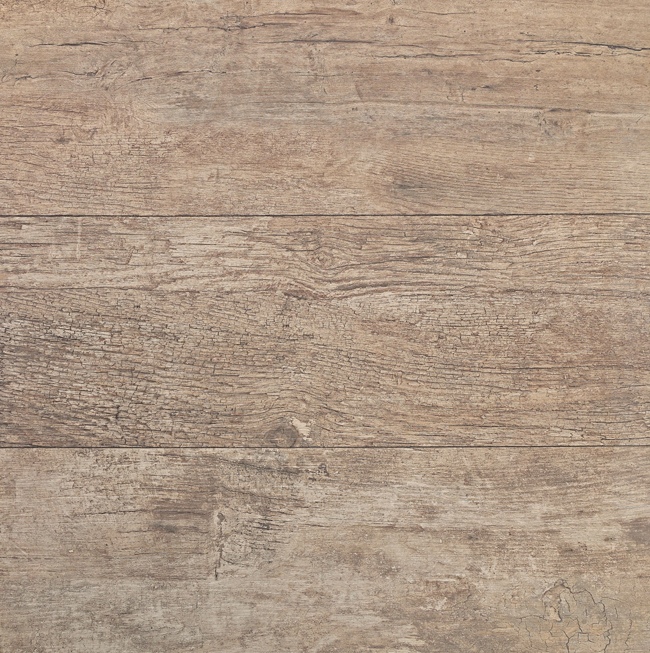 Tablon
TablonClair structured anti-slip
Outdoor Plus 20mm30x12060x60 -
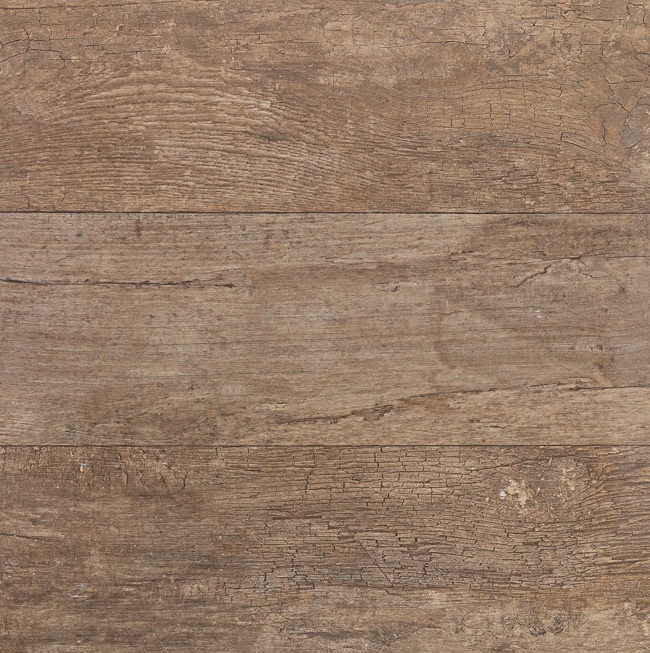 Tablon
TablonNaturel structured anti-slip
Outdoor Plus 20mm30x12060x60 -
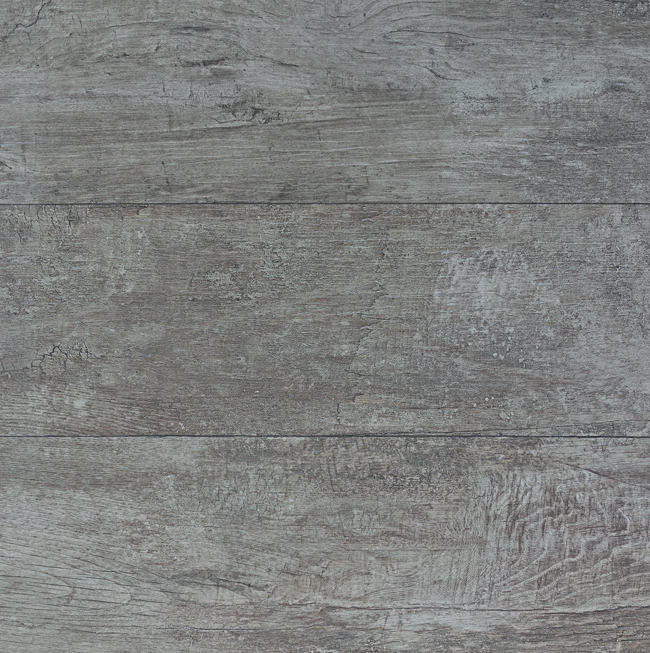 Tablon
TablonGris structured anti-slip
Outdoor Plus 20mm30x12060x60
Garden tiles imitating wood parquet
Among the most widespread decorative trends at the moment, there is parquet-effect tiling. This floor covering, which has long invaded interiors, is now making its way outdoors due to its charm. It is found not only on terraces, but also in gardens. Although this type of tiling has become more widespread, it is not easy to make the best choice. Before making any decision in this regard, it is important to take into consideration a certain number of parameters. Here is the essential information for you about parquet-effect wood tiling for your garden.
Why choose parquet-effect tiles for your garden?
The craze for parquet-effect tiles is explained by the many advantages it offers.
Aesthetics
The first thing that makes parquet-effect tiles appealing is their aesthetics. This floor covering is close to perfection in terms of realism of the patterns and grain of imitated wood. It can thus reproduce with astonishing success the textures of species such as teak, oak, pine, etc. The result obtained is of an authenticity that deceives the eye, especially when observing the floor from a distance.
Solidity and resistance
Parquet-effect tiles are very robust. They resist shocks and flames as well as wear due to numerous passages. Similarly, this coating does not fear humidity, which makes it a exterior tiles of first choice. This resistance to humidity does not, of course, exempt you from using suitable products to prevent slipping. Such care will allow the tiles to brave bad weather such as frost or rain.
Durability
This type of garden tiles is designed to last over time. It does not fade or blacken like classic wooden floors. Neither stains nor scratches can get the better of it. And there is no risk of it warping or cracking. You will get very tired of it before having to change it due to wear and tear.
Easy maintenance
Parquet-effect tiles require no special maintenance, unlike parquet which requires polishing or waxing. To clean it, all you need is a brush or sponge and soapy water.
More affordable price
A parquet floor can be very expensive both in terms of its purchase price and the costs related to its maintenance. This is even more true if it is made of noble materials such as teak or solid oak. Tiles, on the other hand, have a low price compared to parquet and require little investment for its maintenance.
What types of materials are used for parquet effect tiles?
Various materials are used in the manufacture of parquet-effect tiles. These are mainly mineral materials: sand, clay, quartz, and even feldspar in some cases. Depending on the proportion of these materials and the manufacturing process, there are two types of tiles.
Glazed stoneware
It is smooth, shiny and more pleasant to the touch due to its softness. It can imitate a very wide range of colors.
Porcelain stoneware
Porcelain stoneware is versatile and resists humidity and extreme temperatures well. In addition, it does not retain dirt and does not stain. Compared to glazed stoneware, it has the particularity of being matte, rough and naturally non-slip.
What aesthetic choices should be made?
Depending on the atmosphere you want to give to your exterior, you can choose different types of garden tiles. Here are some examples from which you can draw inspiration.
- Ash-toned tiles for a modern decor
If you want to create a contemporary atmosphere in your garden, opt for an ash-toned covering. You will thus enjoy the modernity of cold tones combined with the elegance of wood.
- Warm-toned imitations, the key to a Nordic atmosphere
Are you interested in the charm of the Scandinavian atmosphere? Choose warm-toned parquet imitation tiles. Chestnut, cherry and oak are ideal species that will enhance your Scandinavian-inspired decoration.
- Aged-looking coating, the perfect ally for a shabby chic decor
The shabby chic style gives a very large part to vintage inspiration and is intended to be as romantic as you want. To honor it, forget tiles with uniform colors. You will not choose anything better than a coating with a patina look.
Which tile configuration is best?
The tiles imitate both the material of the parquet and its format. They are therefore rectangular in shape and have various dimensions. The smallest measure 15 cm / 90 cm and the largest 30 cm / 120 cm.
A commonly adopted approach is to often choose large format tiles. This is a practice that is not always suitable. Indeed, large tiles visually shrink small spaces. They should therefore be reserved for large spaces. If you have a modest garden, choose tiles with dimensions ranging from small to medium.
Some installation tips for parquet-effect tiles
Different types of installation are possible for parquet-effect tiles. Each of them gives the space a certain configuration.
Longitudinal installation
This is very classic. The tiles are arranged in the lengthwise direction of the space to be covered. This installation pattern is particularly suitable for large spaces.
Transverse installation
The tiles are arranged in groups of two or three. One group is placed vertically, followed by another laid horizontally. The alternating installation direction creates a pattern that looks like a square. This type of installation is not very common, but it brings a touch of originality that is not without charm.
Herringbone installation
In this configuration, the tiles are arranged between them so as to take on the appearance of an inverted V. Inspired by parquet flooring in Haussmannian buildings and royal residences, this installation brings dynamism to the floor. Choose it for exteriors with unusual angles.
Hungarian point installation
It is similar to herringbone installation. The only difference is the 45° angle that is respected between all the tiles. It gives spaces a note of elegance and refinement.
Diagonal installation
For this type of installation, the tiles are arranged at an angle. They thus create an illusion of amplitude. This pattern is to be used for spaces to which you want to give a sophisticated and resolutely modern effect.
Frequently Asked Questions (FAQ)
How long does a parquet-effect tile last on average?
The average lifespan of parquet-effect tiles varies between fifty and eighty years.
Are parquet-effect tiles suitable for a damp area?
Yes. They can be installed in a damp area without any problem. However, care must be taken to apply a waterproofing mortar before installation.
Can this type of tile be installed on underfloor heating?
Yes. Parquet-effect tiles are compatible with underfloor heating. Please note that you must turn off the heating forty-eight hours before installation. The same period must be respected after the work is completed.
